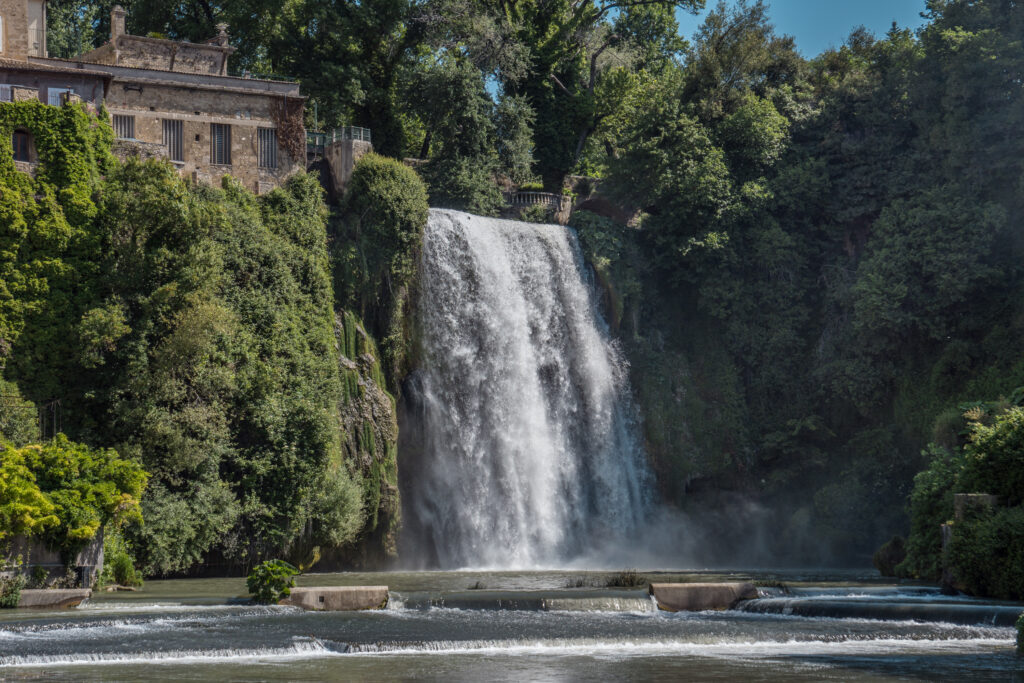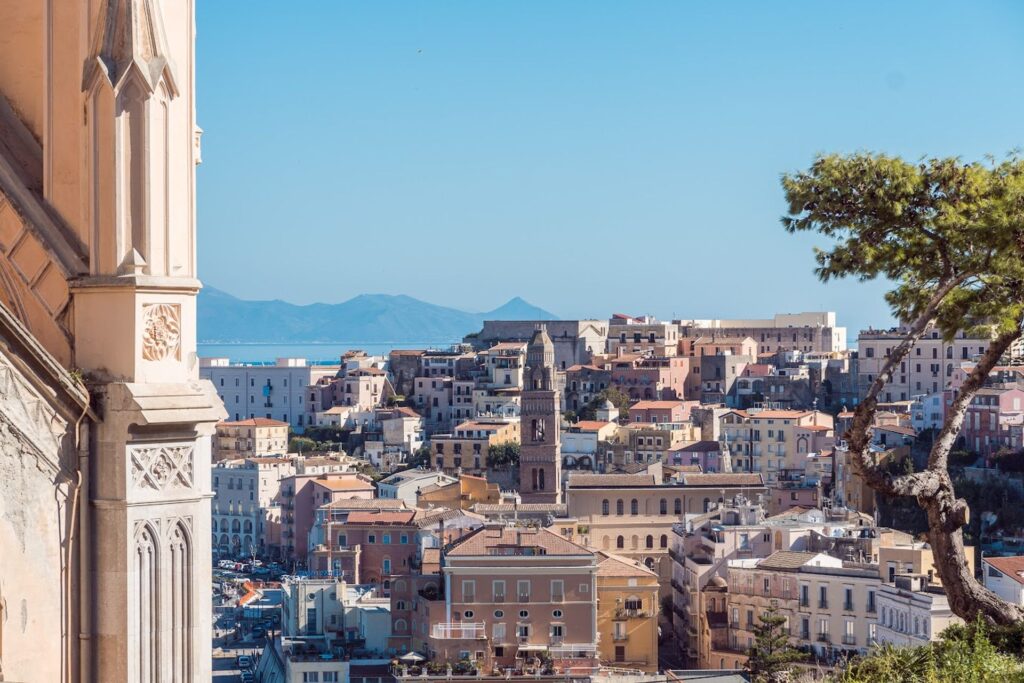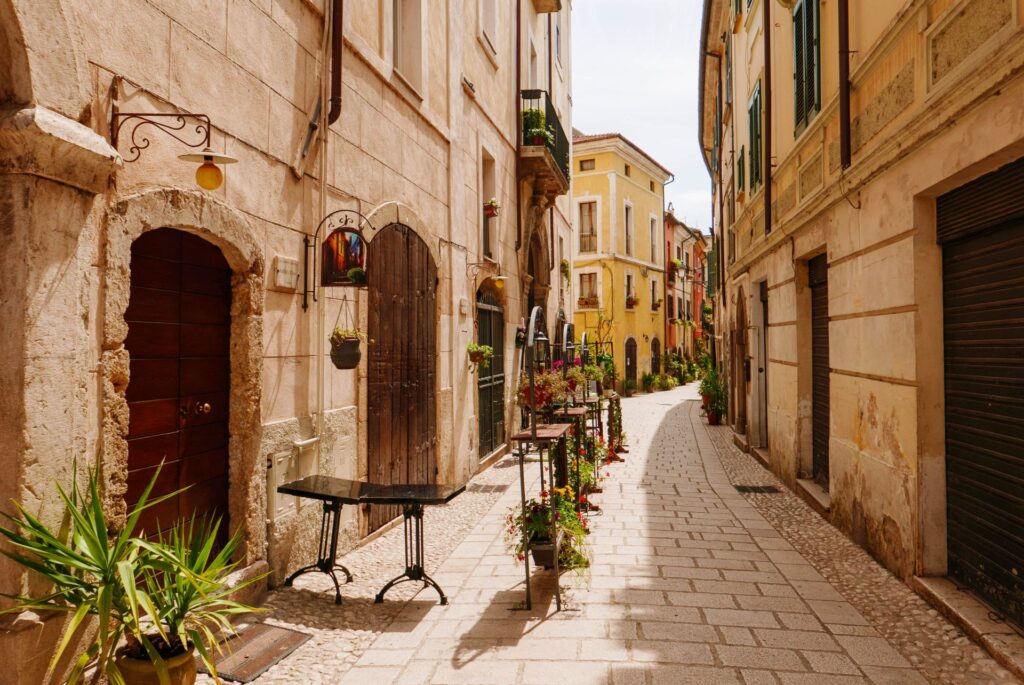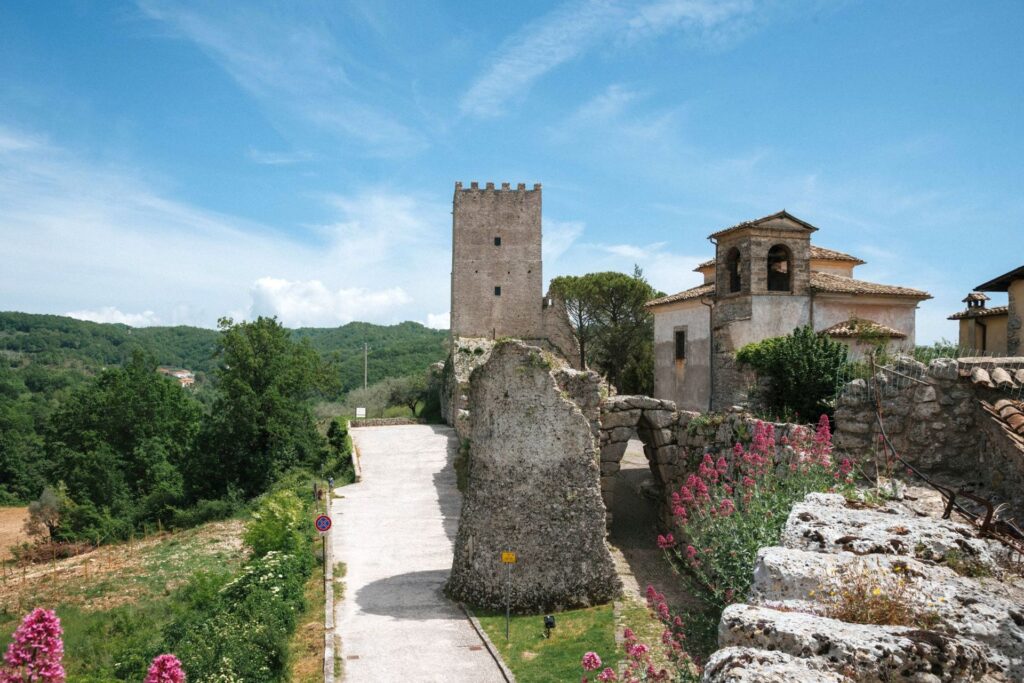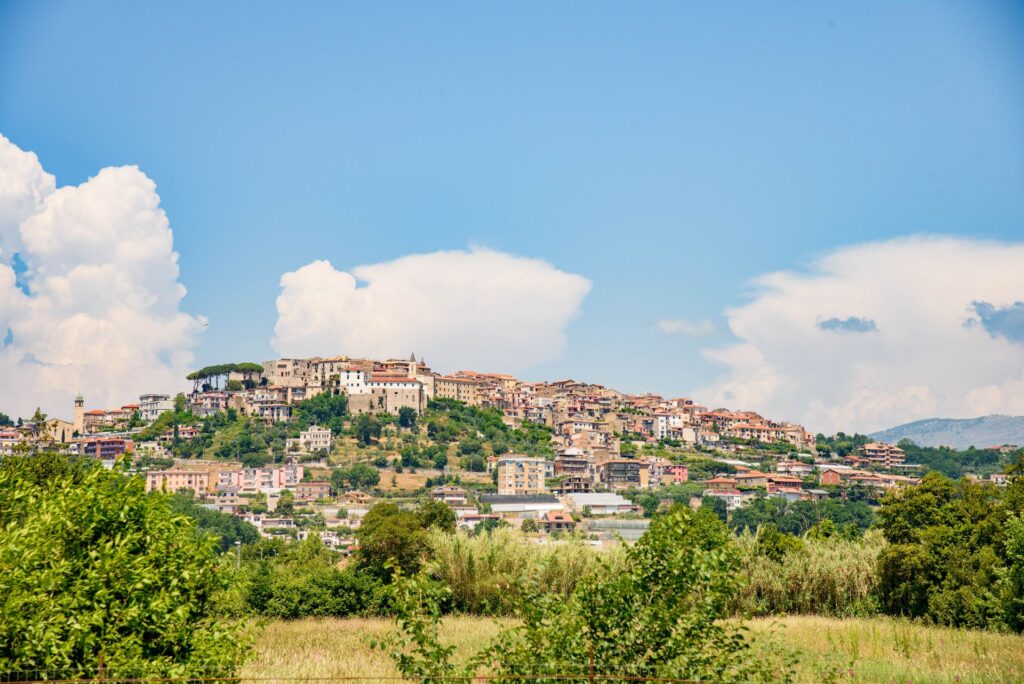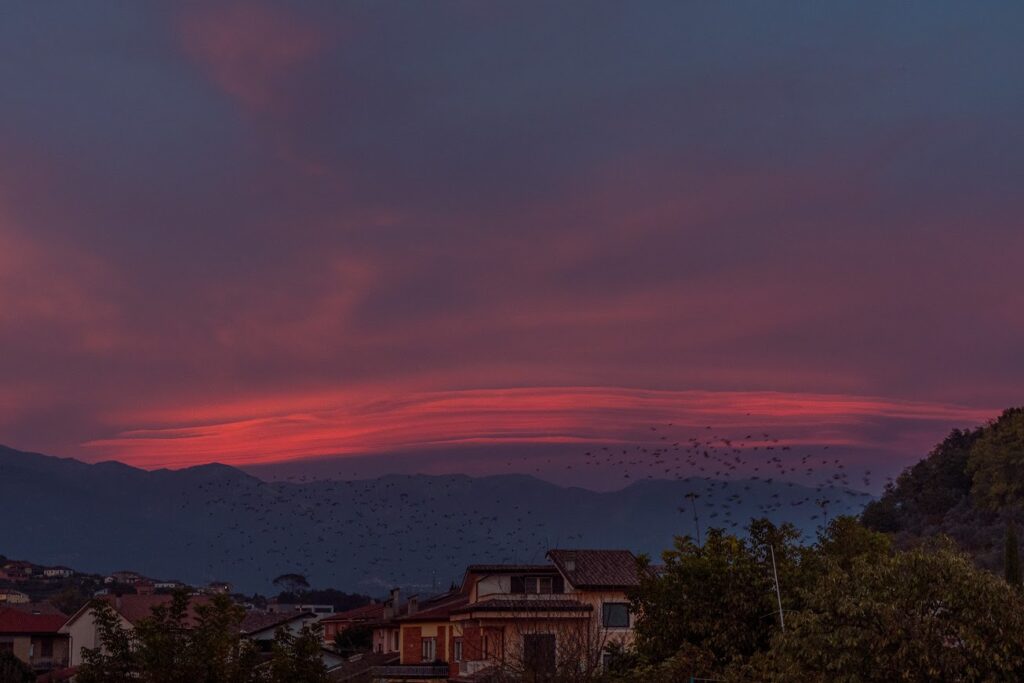Villages
Castelforte
The village of Suio
Suio is the oldest hamlet of Castelforte. The first mention dates back to the 10th century, when the Ipata of Gaeta built the Castrum Suji on a hill overlooking the sea and the mouth of the Garigliano river. In the early 11th century, it became an autonomous county.
In 1079 it definitively passed to the abbey of Montecassino and Abbot Desiderius granted Suio the Charter of Freedom. The castle was then under the control of the Normans, before returning to Montecassino. From the 15th century Suio followed the destiny of the County of Fondi, through the succession of the Caetani, Colonna, Carafa, Mansfeld and Di Sangro families, until the abolition of feudalism in 1806. In 1807, Suio was aggregated to the municipality of Castelforte, due to its depopulation.
It is divided into two main settlements: ‘Suio Borgo’ or ‘Suio Vecchio’, on a rise dominated by the castle, and ‘Forma di Suio’, near the Garigliano river.
In the centre of ‘Suio Vecchio’, the remains of the castle and walls fortified by towers are visible. The castle, with a square plan and cylindrical corner towers, had a tower at its highest point that controlled the Garigliano river and communicated with the nearby towers of Castelforte and Ventosa. It was partially destroyed by the earthquake of 1349 and then definitively in 1912. Much of the perimeter walls and the internal structure were modified with the construction of private dwellings during the mid-20th century. Recent restoration work inside the castle has brought to light precious frescoes from the Desiderio period. During the Second World War, the village, located on the Gustav Line, was heavily damaged. Of special interest are the Church of San Giovanni Battista, the oldest in the village, the Church of San Rocco and the Church of the SS. Annunziata, the most popular worship place for the inhabitants.
‘Forma di Suio’ is a very large village, rich in olive and citrus groves, but above all in sulphurous waters. The medieval chapel dedicated to Santa Maria in Pensulis, built on the remains of a rustic villa from the Roman era, and the new parish church of Santa Maria del Buon Rimedio deserve a visit.
Of great naturalistic value is ‘Valle di Suio’, enclosed in a natural basin surrounded by green mountains. In it stands the simple but graceful little church dedicated to St Erasmus and Blessed Anna Maria Taigi.
‘Suio Terme’, on the other hand, stretches along the Garigliano river, in the territory occupied during the Roman period by a thermal plant (Aquae Vescinae) and today characterised by the presence of hotels and establishments offering thermal cures and stays.

